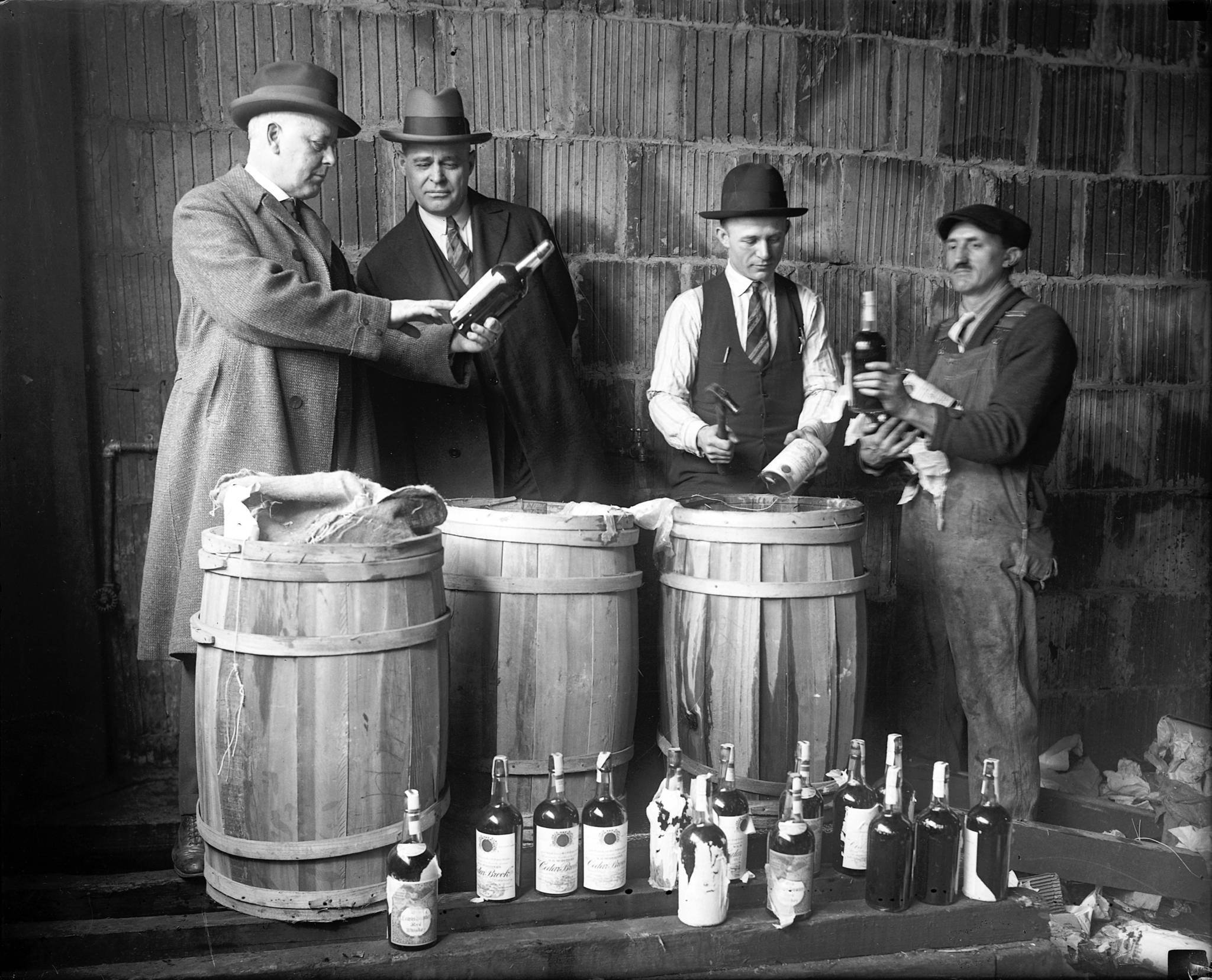Blended vs Blending Whiskey
At Doc Swinson’s we believe in the power of blending and finishing whiskey to elevate a product's flavor profiles and bring you new experiences.
However, sometimes the idea of blending whiskey turns people off. This is often because of a common misconception about what blending is.
We want to share with you our definition of blending. What it is, what it’s not, and how nearly every whiskey company uses some form of blending to create their whiskeys.
You will also learn how our style of blending and finishing is challenging the status quo in the American whiskey world.
Blending Whiskey - Our Definition
Blending whiskey is the art of taking different *profiles from different barrels or different types of whiskey and blending them to make something new.
*Profiles: profiles of flavor.
Our master blender takes different profiles from different barrels of whiskey (we always start with the same type of whiskey in each barrel) and blends them together to create:
Uniform product for our core lineup (Session Blend, Blenders Cut)
New unique finished casks or single barrels
We pick nuanced flavor profiles that we see as unique and add them to other barrels of whiskey to create new blends.
Here’s two different examples of blending we do at Doc Swinson’s:
Blended Whiskey - A Definition
TTB defines blended whiskey as “ A whiskey produced by not blending less than 20% on a proof gallon basis of straight whiskey (or a blend of straight whiskeys) and seperately or in combination of other whiskeys or neutral spirits.”.
What this means is blended whiskey can be only 20% whiskey and 80% of a neutral grain such as vodka, or another whiskey.
A lot of blended whiskey’s got popularized during the 70s and 80s, because they are light, sweet, not super intense in flavor profiles. There is of course a place in the market for this, it’s all personal preference & taste.
However, there is a negative connotation of blended whiskey, that it’s of lesser quality. Often people get confused when they hear the word blending whiskey.
Doc Swinson’s Blending and Blended Whiskey…
Because of the small difference in these terms, we wanted to clarify the definitions and what we do at Doc’s so you can understand our methods and what you are drinking.
Our products are blended because by definition we blend multiple whiskey’s together. However, we are blending the same base whiskey that we have finished in different barrels.
Different barrel types means that our straight whiskey goes into barrels of different wood types & barrels that once held other spirits. Then we use aging, and process methods to create new and unique whiskey.
With Doc’s we never add a neutral spirit to our whiskey.
The ART of Blending:
Why do we say there is an art to blending whiskey?
Well, let me give you an example of what blending is not to better explain.
Say we took a bunch of whiskey barrels, dumped them in a tank and put them in a bottle. Dumping a bunch of barrels is just processing. It will often make an inconsistent product or some strange flavors. You may strike gold once, but it is unlikely you will be able to recreate it the next batch.
This is why blending is so important in the process of making whiskey.
It is our job to find profiles that work together to create something spectacular and or consistent with your experience of that whiskey.
The art comes in the careful selection, tasting, testing and mixing of different profiles in different quantities. Pulling whiskey from a few barrels can elevate the product!
How much you blend is a science project. We literally use beakers and pipettes. Just a small difference in ratios really changes the flavors.
For example, we took two barrels of whiskey and blended them in slightly different ratios. Let’s call them barrel X & barrel Y.
Our first blend had 70%X, 30%Y. The second blend had 60%X and 40%Y. The flavors came out completely different. Blend 1 was a bit sweeter and smoother. Blend 2 was more spicy and bold.
This is why we believe blending is as much an art as a chef whipping up a 4-course meal in their kitchen.
Careful selection, ratios, intentionality & instinct are what make, in our opinion, a really good blend.
The History of Blending Whisky
Blending houses have been around since distilleries have been around.
These aren’t new ideas.
A lot of the techniques used in Doc Swinsons are old techniques that are found in blending both scotch, irish whisky and even brandy.
Fun fact: ALL Distilleries Blend.
A lot of whiskey’s are made by putting together multiple barrels or multiple types of whiskey. Every distillery blends to some degree. This is how you get consistency in your product.
However, 60-80% of the flavors you taste in whiskey comes from the barrel.
Because of this flavor fact, Doc Swinson’s blends with unique and more flavorful barrels.
Experimenting is fun and so are bold flavors!
Challenging the Status Quo
What our master blender does with blending is challenging the status quo. A lot of blending houses around North America are using MGP products, just like us.
But our blenders’ specialty lies in finding complimentary flavors and even slightly funky flavors and figuring out how to make them work in a blend. Make new sensations come from the experience of drinking our blends.
We are changing the game for what blending American whiskey can become.
Try it for yourself and let us know what you think!








